The Labor Impact of Generative AI on Firm Values
(with Andrea Eisfeldt, Gregor Schubert, and Bledi Taska)
WSJ | Bloomberg |
VoxEU |
Barron's (Frontpage Coverage) | Financial Times | Marginal REVOLUTION
*Best Paper Award at the TCU Finance Conference
How do recent advances in Generative AI affect firm value? We construct the first measure of firms' workforce exposure to Generative AI, and show that an Artificial-Minus-Human (AMH) strategy earned 5% returns in the two weeks following the ChatGPT release. This effect is more pronounced for firms with greater data assets and is distinct from firms' product exposure. We highlight that high-exposure workforce can be either substituted or complemented by technology depending on whether their core or supplemental tasks are exposed. Examining firms' labor demand and profitability post-ChatGPT supports the labor-technology substitution channel.
Home
Assistant Professor of Finance and Business Economics
Email: miao.zhang@marshall.usc.edu
Curriculum Vitae | Google Scholar Page
Research Interests: Labor, Technology, and Finance
Upcoming Presentations:
2024 Macro Finance Society Workshop, 2024 Duke/UNC Asset Pricing Conference, 2024 University of Kentucky Finance Conference, 2024 ITAM Finance Conference, 2024 UBC Winter Finance Conference, 2024 Bretton Woods Accounting and Finance Conference, 2024 WFA, Virtual Corporate Finance Friday, Peking University

 I received the 2023 USC Marshall Golden Apple Award for Core Teaching voted by students.
I received the 2023 USC Marshall Golden Apple Award for Core Teaching voted by students.  I co-organize the USC Marshall Macro-Finance Reading Group which meets weekly.
I co-organize the USC Marshall Macro-Finance Reading Group which meets weekly.